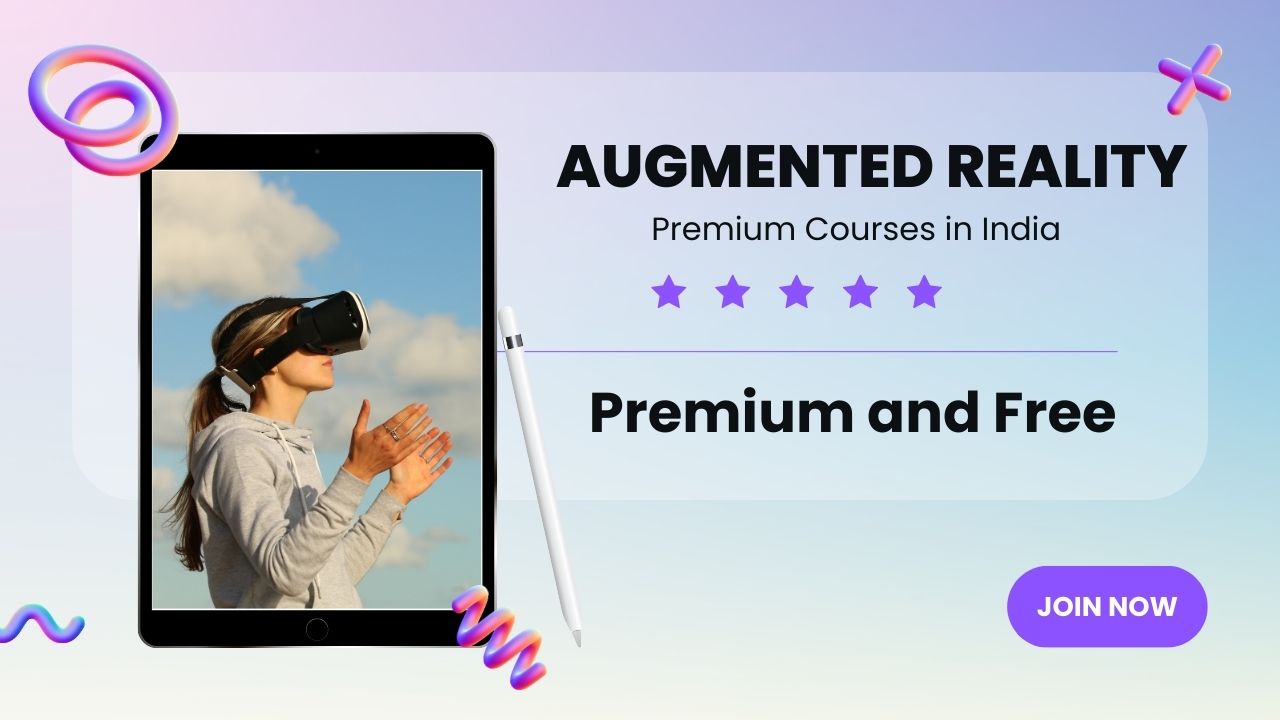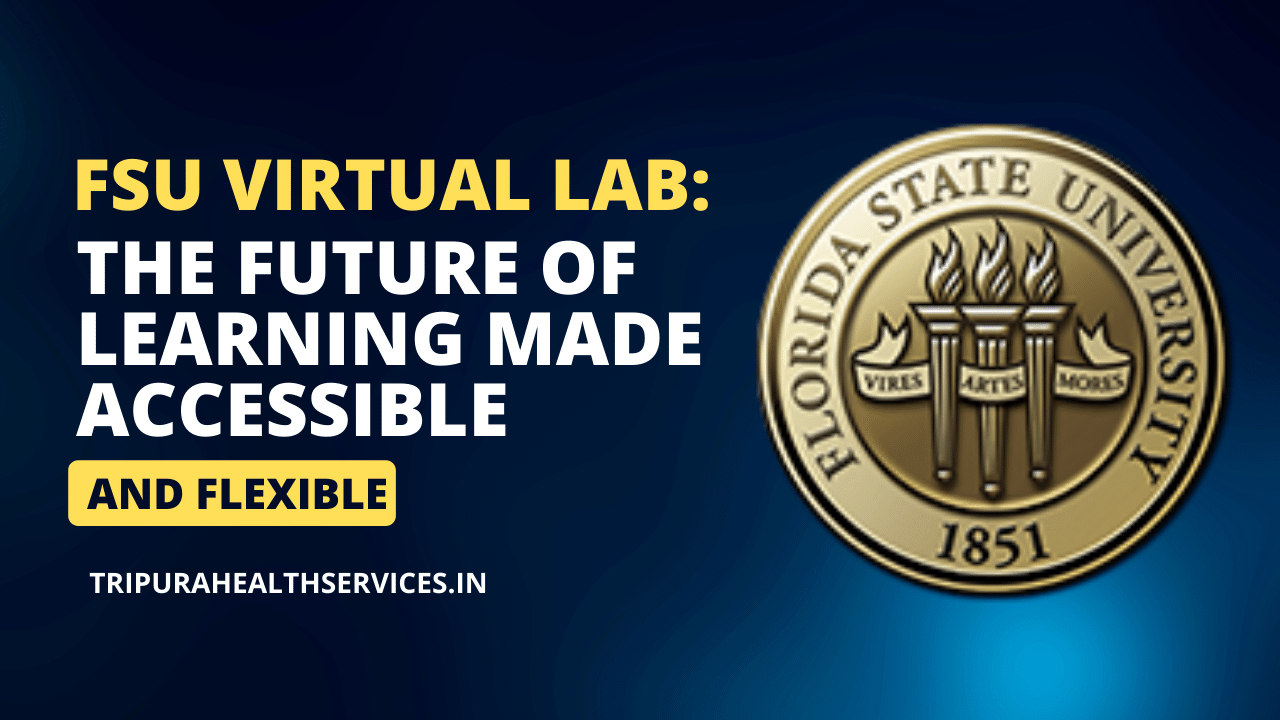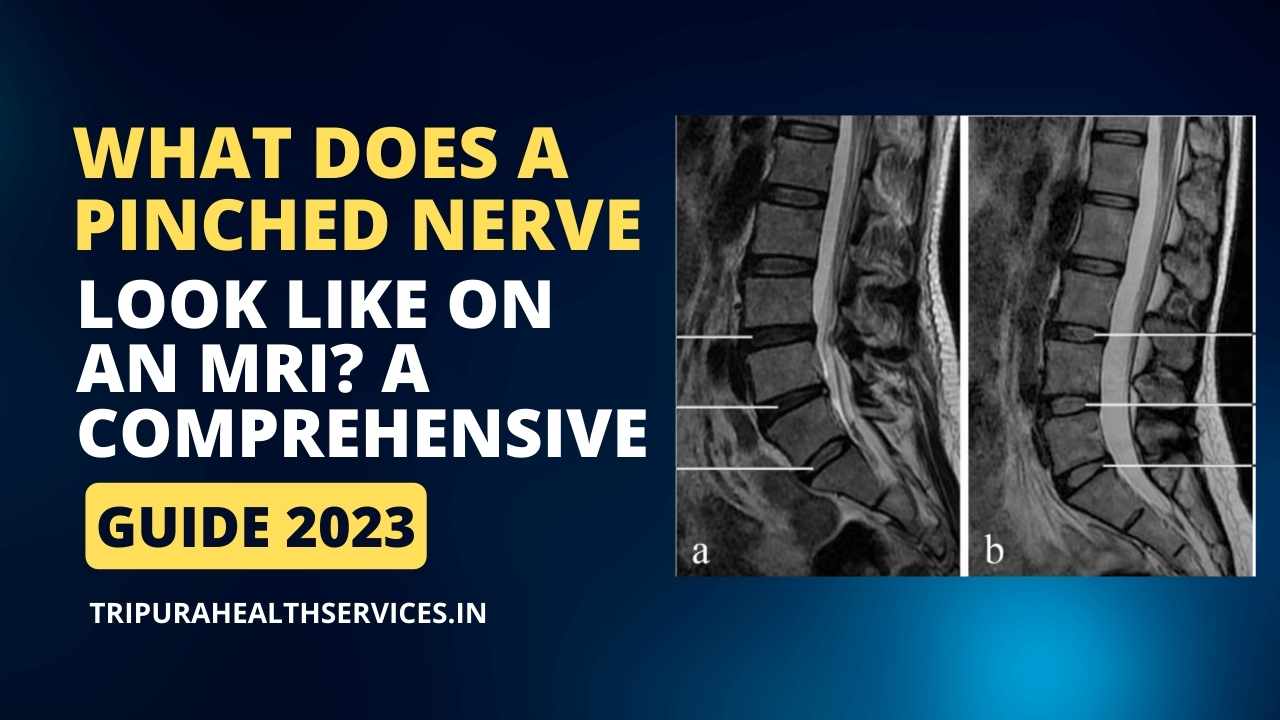What are the Best Augmented Reality Courses in India in 2023

Augmented reality (AR) is a technology that allows users to view and interact with digital content in the physical world. It involves the overlay of digital content onto the real-time video feed from a device’s camera, such as a smartphone or headset. The digital content is aligned with the physical world and appears to be part of it, rather than a separate layer. So, you are ready to Know about (AR) Augmented Reality Courses.
AR can be used in a wide range of applications, including navigation, education, entertainment, gaming, and marketing. It has the potential to enhance the user experience, increase efficiency, improve accessibility, and increase engagement in a variety of industries and settings.
There are several different types of AR, including marker-based AR, markerless AR, projection-based AR, superimposition-based AR, and mixed reality (MR). Each type of AR has its own unique characteristics and applications, and the technology is constantly evolving as new innovations are developed.
| What is AR | AR is a technology that allows users to view and interact with digital content in the physical world. |
| How does AR work | AR works by overlaying digital content onto the real-time video feed from a device’s camera, such as a smartphone or headset. The digital content is aligned with the physical world and appears to be part of it, rather than a separate layer. |
| Types of AR | Marker-based AR, markerless AR, projection-based AR, superimposition-based AR, mixed reality (MR) |
| Applications | Entertainment, education, healthcare, marketing, manufacturing, maintenance, training, and more |
| Advantages | Enhanced customer experience, increased engagement, greater flexibility, personalization, measurable results |
| Disadvantages | Limited adoption, technical limitations, privacy concerns, cost, requiring specialized hardware or software |

Augmented Reality Courses in India 2023
There are a number of universities and institutions in India that offer courses in augmented reality (AR). Here are a few options:
- National Institute of Design (NID): NID is a premier design school in India that offers a Master’s degree in Interaction Design, with a focus on AR and other emerging technologies. The program covers topics such as AR design principles, AR user experience, and AR prototyping.
- Indian Institute of Technology (IIT) Bombay: IIT Bombay offers a Master’s degree in Human-Computer Interaction, which covers AR and other emerging technologies. The program covers topics such as AR design and development, AR user experience, and AR applications in various industries.
- Indian Institute of Technology (IIT) Madras: IIT Madras offers a Master’s degree in Human-Computer Interaction, which covers AR and other emerging technologies. The program covers topics such as AR design and development, AR user experience, and AR applications in various industries.
- Indian Institute of Technology (IIT) Kharagpur: IIT Kharagpur offers a Master’s degree in Human-Computer Interaction, which covers AR and other emerging technologies. The program covers topics such as AR design and development, AR user experience, and AR applications in various industries.
Overall, there are a number of universities and institutions in India that offer courses in AR, with a focus on design, development, and user experience. These programs can provide students with the skills and knowledge needed to pursue careers in the field of AR and other emerging technologies.
Websites that Provide Augmented Reality Courses Free
There are a number of free online resources and courses available for those interested in learning about augmented reality (AR). Here are a few options:
- Coursera: Coursera is an online learning platform that offers a wide range of courses in AR and other emerging technologies. Some of the AR courses available on Coursera include “Intro to AR Development” and “ARCore in Android: Build AR Apps”.
- edX: edX is another online learning platform that offers a range of courses in AR and other emerging technologies. Some of the AR courses available on edX include “Augmented Reality: Foundations and Applications” and “Introduction to AR/VR/MR”.
- YouTube: YouTube is a great resource for learning about AR, as there are many educational videos and tutorials available on the platform. Some channels to check out include “Augmented Reality for Developers” and “Virtual and Augmented Reality for Developers”.
- LinkedIn Learning: LinkedIn Learning (formerly Lynda.com) is a subscription-based online learning platform that offers a wide range of courses in AR and other emerging technologies. Some of the AR courses available on LinkedIn Learning include “Augmented Reality: Foundations and Applications” and “Introduction to ARCore”.
Overall, there are many free online resources and courses available for those interested in learning about AR. These resources can provide a good starting point for those looking to explore the field and gain a basic understanding of AR technology and its applications.
Augmented Reality Course Syllabus
The syllabus for augmented reality (AR) course will depend on the specific program and institution offering the course. However, here are some common topics that may be covered in an AR course:
- Introduction to AR: This module may cover the basics of AR technology, including how it works, its history, and its potential applications.
- AR design principles: This module may cover the design considerations and best practices for creating effective AR experiences, including user experience (UX) design, visual design, and usability.
- AR development: This module may cover the technical aspects of AR development, including programming languages and frameworks, AR development tools and platforms, and AR hardware and software.
- AR user experience: This module may cover the factors that impact the user experience of AR applications, including usability, engagement, and immersion.
- AR applications: This module may cover the various industries and applications for AR, including entertainment, education, healthcare, and marketing.
- AR case studies: This module may cover real-world examples of AR applications, including successes and challenges.
Overall, the syllabus for an AR course will vary depending on the specific program and institution offering the course. However, these are some common topics that may be covered in an AR course.

Why do we Learn Augmented Reality
There are several reasons why learning about augmented reality (AR) can be beneficial:
- Career opportunities: AR is a rapidly growing field, with increasing demand for professionals with expertise in AR technology and its applications. Learning about AR can open up new career opportunities in a variety of industries, including entertainment, education, healthcare, and marketing.
- Enhance creativity: AR allows for the creation of immersive and interactive experiences, which can be a great way to stimulate creativity and innovation. Learning about AR can help individuals develop new ideas and approaches to problem-solving.
- Enhance productivity: AR has the potential to increase efficiency and productivity in various settings, such as manufacturing, maintenance, or training. Learning about AR can help individuals understand how to leverage the technology to improve their workflows and processes.
- Enhance education: AR can be used in education to create interactive and immersive learning experiences. Learning about AR can help educators understand how to use the technology to enhance their teaching and engage students.
- Enhance entertainment: AR can also be used in the entertainment industry to create immersive experiences, such as concerts or theater performances. Learning about AR can help individuals understand how to use the technology to create engaging and interactive experiences for audiences.
Overall, learning about AR can provide a range of benefits, including career opportunities, enhanced creativity, improved productivity, enhanced education, and enhanced entertainment.
Future of Augmented Reality
The future of augmented reality (AR) is likely to involve the further integration of AR technology into various industries and applications. Here are a few potential developments that could shape the future of AR:
- Greater Adoption: AR technology is expected to become more widely adopted in a variety of industries, including entertainment, education, healthcare, and marketing. This could lead to an increase in the availability and accessibility of AR content and experiences.
- Improved Hardware and Software: AR hardware and software is expected to continue to evolve and improve, with advances in areas such as display technology, tracking and mapping, and artificial intelligence (AI). This could lead to more realistic and immersive AR experiences.
- Increased Integration with other Technologies: AR is expected to become more closely integrated with other emerging technologies, such as virtual reality (VR), the internet of things (IoT), and 5G. This could enable new and more complex AR experiences, as well as the integration of AR into everyday life.
- Greater Focus on User Experience: The user experience of AR is expected to become a key focus, with an emphasis on usability, engagement, and immersion. This could lead to the development of new AR interfaces and interaction models, as well as more personalized and adaptive AR experiences.
Overall, the future of AR is likely to involve greater adoption, improved hardware and software, increased integration with other technologies, and a greater focus on user experience. These developments could shape the way we interact with the world and enable new and exciting applications of AR technology.
How Augmented Reality Works
Augmented reality (AR) works by overlaying digital content onto the real-time video feed from a device’s camera, such as a smartphone or headset. The digital content is aligned with the physical world and appears to be part of it, rather than a separate layer.
To create an AR experience, developers first design and create the digital content that will be displayed. This content can be anything from simple text or images to more complex 3D models or animations.
Next, AR software uses computer vision algorithms to recognize and track physical objects or environments, such as images or landmarks. This allows the AR content to be aligned with the physical world and appear to be part of it.
The AR software then combines the real-time video feed from the device’s camera with the digital content, and displays the resulting composite image on the device’s screen. This allows users to view and interact with the digital content as if it were part of the physical world.
Overall, AR works by using computer vision algorithms to recognize and track physical objects or environments, and then overlaying digital content onto the real-time video feed from a device’s camera to create an immersive and interactive experience.
Augmented Reality Project Example
Here is an example of an augmented reality (AR) project:
Title: AR Museum Guide
Objective: To create an AR experience that enhances the museum-going experience by providing interactive and immersive content about the museum’s exhibits and artifacts.
Scope: The AR Museum Guide will be a smartphone app that users can download and use while visiting the museum. It will feature AR content that is triggered by scanning QR codes or using image recognition to identify specific exhibits and artifacts. The AR content will include 3D models of the exhibits, virtual tours, audio descriptions, and interactive quizzes. The app will also include a map feature to help users navigate the museum and find their way to specific exhibits.
Design: The AR Museum Guide will feature a simple and intuitive user interface, with a home screen that displays the available exhibits and a map feature. The AR content will be presented as 3D models and animations that are overlaid onto the real-time video feed from the user’s smartphone camera. The app will also include audio descriptions and interactive quizzes to engage users and enhance their learning experience.
Development: The AR Museum Guide will be developed using AR software and tools such as ARCore or Vuforia. The app will be programmed in a language such as Java or C#, and will be tested and debugged to ensure smooth performance and user experience.
Deployment: The AR Museum Guide will be deployed as a smartphone app that users can download from app stores such as Google Play or the App Store. The app will be available to users while they are visiting the museum, and will be activated by scanning QR codes or using image recognition to identify specific exhibits and artifacts.
Evaluation and Optimization: The performance and effectiveness of the AR Museum Guide will be evaluated by gathering feedback from users, analyzing usage data, and testing new features or improvements. Based on this feedback, the app may be optimized or updated to enhance the user experience and improve engagement.
Overall, this AR project example involves the design, development, and deployment of an AR smartphone app that provides interactive and immersive content about the museum’s exhibits and artifacts. The app is intended to enhance the museum-going experience and engage users in a fun and educational way.







2 Comments